The Ultimate Fashion Guide
What to Wear and How to Wear it with Style
Table of Contents
Copyright 2015 by Donna Divina All rights reserved.
This document is geared towards providing exact and reliable information in regards to the topic and issue covered. The publication is sold with the idea that the publisher is not required to render accounting, officially permitted, or otherwise, qualified services. If advice is necessary, legal or professional, a practiced individual in the profession should be ordered.
- From a Declaration of Principles which was accepted and approved equally by a Committee of the American Bar Association and a Committee of Publishers and Associations.
In no way is it legal to reproduce, duplicate, or transmit any part of this document in either electronic means or in printed format. Recording of this publication is strictly prohibited and any storage of this document is not allowed unless with written permission from the publisher. All rights reserved.
The information provided herein is stated to be truthful and consistent, in that any liability, in terms of inattention or otherwise, by any usage or abuse of any policies, processes, or directions contained within is the solitary and utter responsibility of the recipient reader.
Under no circumstances will any legal responsibility or blame be held against the publisher for any reparation, damages, or monetary loss due to the information herein, either directly or indirectly.
Respective authors own all copyrights not held by the publisher.
The information herein is offered for informational purposes solely, and is universal as so. The presentation of the information is without contract or any type of guarantee assurance.
The trademarks that are used are without any consent, and the publication of the trademark is without permission or backing by the trademark owner. All trademarks and brands within this book are for clarifying purposes only and are owned by the owners themselves, not affiliated with this document.
Introduction
I want to thank you for downloading the book, The Ultimate Fashion Guide: What to Wear and How to Wear it with Style .
This book contains useful information with regard to fashion and the fashion industry. Through this book, you will learn about the history and fundamentals of fashion, as well as how to stay in style without spending a lot of money. You will learn how to choose the right kinds of clothes for your body type, personality, and lifestyle.
This book also contains pointers and guidelines on how to choose articles of clothing for different body shapes, occasions, and seasons. It includes images to help you understand the topics further.
Thanks again for downloading this book, I hope you enjoy it!
Chapter 1: A Brief History of Fashion
The history of fashion can be traced back thousands of years. The clothes of the ancient Romans and Greeks prioritized function over style. They were never fans of tight fitting clothes. They wore flowing and loose clothing, mostly tunics, which were covered with layers of cloth.
During the start of Christianity, peoples choice of clothing became more modest. They wore garments with sleeves and longer hemlines. They also started to add beading and embroidery.
When the Renaissance period arrived, women traded their dresses with long trains for robes or dresses with attached skirts and bodices. They also started to adorn their hair with veils and jewels.
 Renaissance
Renaissance
Later on, puffed sleeves, high collared necklines, and voluminous skirts with wicker or wire hoops became popular. People also started to slash or cut the outer layer of their clothes to reveal the inner layer.
During the Elizabethan period, people wore clothes that covered every inch of their body. Soon, they preferred straight waistlines and tightly fitted sleeves over V-shaped princess cuts and ruffled sleeves. Rich women also wore huge gold pendants and French hoods on their necks. They also wore hairnets known as snoods.
 Elizabethan
Elizabethan
The Baroque era gave rise to the popularity of Cavalier-style dresses, which had simple trimmings such as lace and buttons. Their bodice necklines were square and wide, and their waistlines were heightened. Eventually, their sleeves became full and were softly draped below the elbow. It was during this period that the lower arms of women were seen for the first time.
 Baroque
Baroque
Rich women started wearing eschelle stomachers, fancy corsets adorned with bows of different sizes, during the Georgian period. They also wore trimmed and embroidered petticoats, skirts that were supported by rattan or cane hoops, and knee-length undergarments with laced sleeves that go as far as the elbow.
 Georgian
Georgian
Then, the Regency era came and designers raised the waistline to just below the bosom of the wearer. Such waistline was defined by a bow tied at the back of the dress. Women wore pelisses or spencers, as well as broad-brimmed hats. Lightweight fabrics in subdued and plain colors replaced the embroidered silks and brocades from the previous era.
 Regency
Regency
During the Victorian era of the 1800s, dresses consisted of layers of cloths, trimmings, and shades. Fitted sleeves replaced puffy mutton-leg sleeves. Eventually, bell sleeves became all the rage. Women also strived to achieve an hourglass figure by wearing restrictive corsets. It was also during this time that skirts evolved from crinoline to hoop to bustled.
 Victorian
Victorian
During the Edwardian period, designers created dresses with an S curve to allow women to finally get rid of their restrictive corsets and replace them with health corsets that support their abdomen and spine. It was during this time that the Gibson Girl rose into popularity. Women also started wearing suits, ties, and hard collars. Later, in the 1920s, pre-flapper and straight-line clothes became the style. Men and womens clothing generally became more practical and more comfortable.
 Edwardian
Edwardian
Chapter 2: The Fashion Industry Today
Today, there are literally thousands of fashion designers creating new clothes, staging fashion shows, and setting new trends. Every year, young designers all over the world attempt to make their way into the fashion industry. There is actually a filtering process between the latest trends and the creations of designers.
You may wonder how designers know when it is time to update their designs or how customers contribute to the fashion industry. You may think that fashion is a one-way street. The truth is, however, it is influenced by a variety of factors, such as designers, fashion houses, fashion media, buyers, and even you.


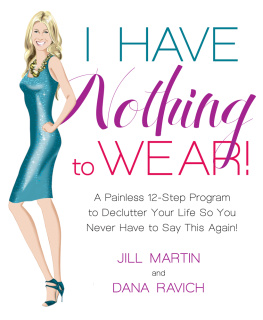
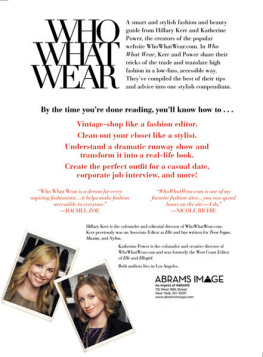
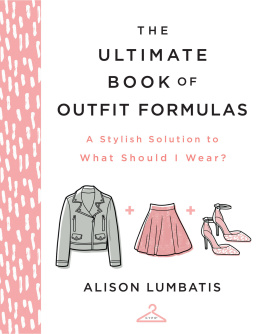
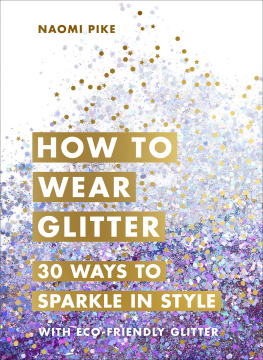

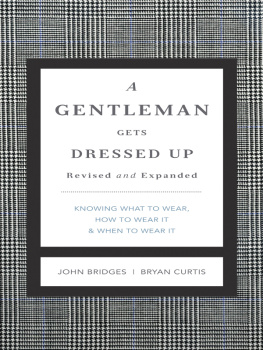
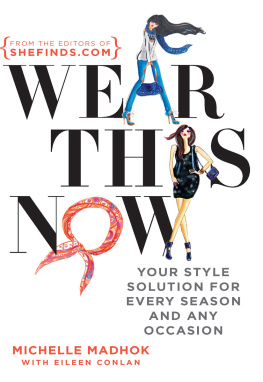
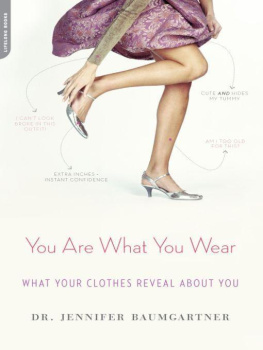
 Renaissance
Renaissance Elizabethan
Elizabethan Baroque
Baroque Georgian
Georgian Regency
Regency Victorian
Victorian Edwardian
Edwardian